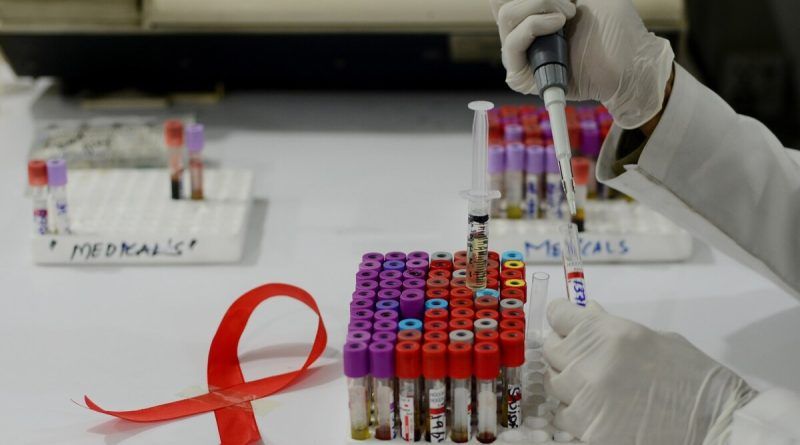The third case of HIV cure recorded in Germany in history
The third case of HIV cure recorded in Germany in history
The University Hospital of Düsseldorf reported a patient’s persistent remission to HIV for more than ten years after transplantation of genetically modified bone marrow cells. This gives hope for the development of a therapy against HIV that will help to guarantee the fight against this disease. Using tools such as CRISPR, scientists can create the right cells for the treatment on any scale.
The story of the “Düsseldorf patient” began with an acute myeloid leukemia disease in 2008. A few years later, he was also diagnosed with HIV. The German doctors decided to use this case to test the idea that both diseases could be cured by transplantation of cells with an altered CCR5 gene. They specifically matched a donor with the right mutation and performed a cell transplant in 2013.
The mutation in CCR5 removes the site in the gene that is responsible for docking the cell with HIV, which prevents it from spreading, but most importantly, the virus can no longer “hide” inside the cells to reappear after treatment. This mechanism also works to counteract leukemia. Earlier, “London” and “Berlin” patients were cured of HIV in the same way, but then scientists did not have the ability to control the genome state of the cells for transplantation.
The success in curing the third person from HIV opens up incredible possibilities for medicine. While previously it was necessary to select the right cell material from rare donors, today it can be manufactured in a targeted manner. We are not yet talking about a ready-made cure for HIV, but the direction for its creation has already been set.
You may be interested: U.S. inflation increased and consumer spending rose
